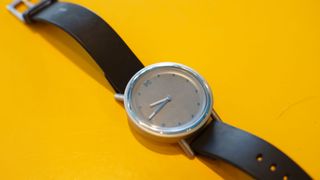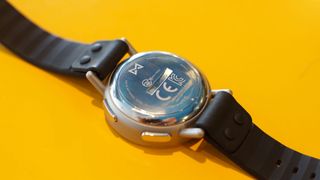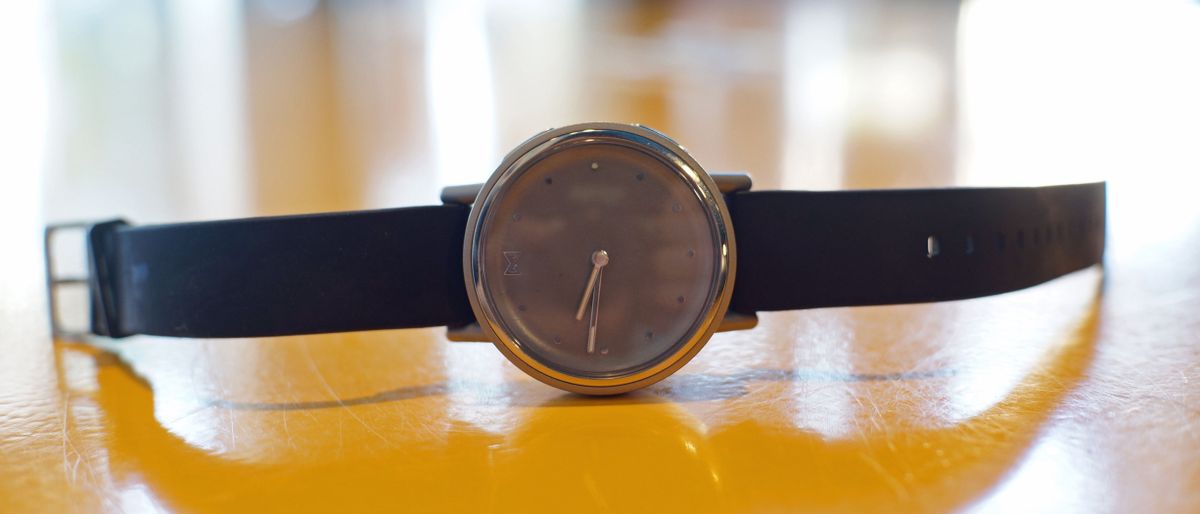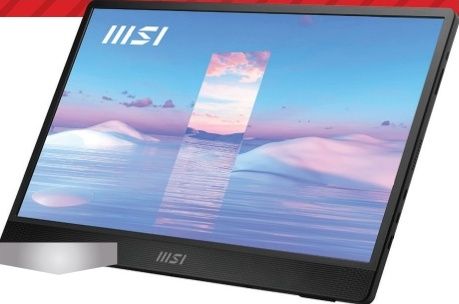TechRadar Verdict
The Misfit Path is an undeniably pretty timepiece for folks with small wrists, and it adds a few smart features that are handy. None of those features wow as much as the design though.
Pros
- +
Elegant metal design
- +
Customizable smart button
- +
Long battery life
Cons
- -
Front glass gets smudged
- -
Unusable in the dark
- -
Limited smarts
Why you can trust TechRadar
The Misfit Path is a stylish watch with fitness tracking and a few smarts built in. All of those smarts are hidden inside though, as this is a hybrid watch that outwardly looks like an analog watch.
While many of the best smartwatches go smarter, they tend to go bigger as well. The Misfit Path stays svelte, and that size combined with its aesthetics are really what will sell this watch.
At $149.99 / £135 / AU$195.25, the Misfit Path is priced close to smarter competition like the $199.99 / £185 / AU$279.59 Misfit Vapor, which has a similar build but runs a full Wear OS smartwatch operating system.

Meanwhile the equally priced Misfit Command goes with a slightly bigger but similar build, and has a more detailed watchface.
It’s looks and small-wrist-friendly build help carve out a place for for the Misfit Path on the wrists of shoppers looking for a snazzy watch that does a bit more. It manages to upstage basic watches without getting mired in all the features and specs of a more advanced smartwatch. But, shoppers looking for the most smarts for their money won’t find it here.
Design

The design is easily the best thing going for the Misfit Path. It has an elegant, minimalist look paired with precise construction that means it looks like it's well worth the money.
The main watch body is simple and circular, with thin metal hoops, extending from each side for the watchbands to loop through. The hoops fit a thin 16mm band, and our review model came with a black, silicone sport strap.




Misfit offers a number of different color combinations, all sticking to just a few color tones. The Stainless Steel version we have sticks with a matte gray steel frame with glossy steel on the back (where a screw-on plate covers up the battery compartment), the two physical buttons, and a thin strip circling the watch face.
The watch hands, time markers, and Misfit logo at 12 o’clock are also all that same glossy steel. Meanwhile the back of the watch face matches the matte steel of the body. The other color models similar match a few different tones for a simple but elegant look.

While the small size will be good for some, this is definitely not a watch for folks with large wrists. We can’t comfortably go tighter than the third notch. On the plus side, it feels light and low-profile compared to a lot of the other smartwatches we’ve tested.
The silicone strap has a nice smooth finish that doesn’t drag on the skin or tug arm hairs like some cheaper bands can. The clasp of the watch has a quick-release pin that we can’t quite make sense of and that unfortunately positions it to press uncomfortably into the underside of our wrist.
As a wearable, and a fitness-tracking one at that, Misfit has made sure the Path can stand up to what you might encounter. It’s rated for swimming to depths of 50 meters.
The glass doesn’t shown any signs of wear after our testing, though also doesn’t appear to have any oleophobic coating. Our fingerprints quickly gather on the front of the watch.
The only other downside to the design is that it’s not so useful in the dark. Though the time markers are reflective and watch hands have white strips along them, we couldn’t see any glow, and there’s no built-in light.
Over the last several years, Mark has been tasked as a writer, an editor, and a manager, interacting with published content from all angles. He is intimately familiar with the editorial process from the inception of an article idea, through the iterative process, past publishing, and down the road into performance analysis.













